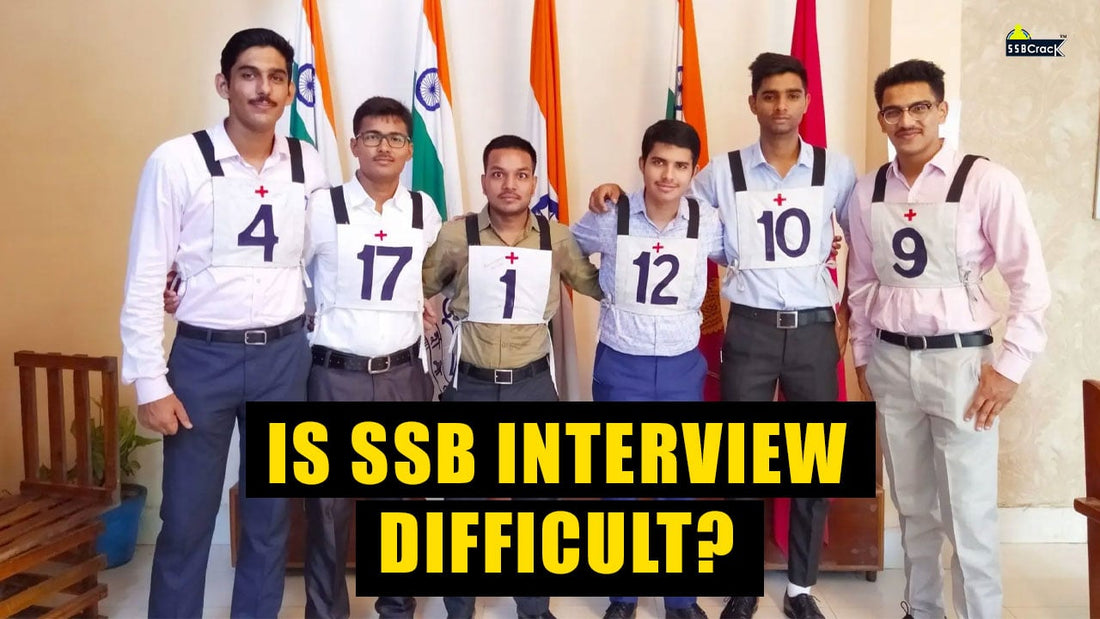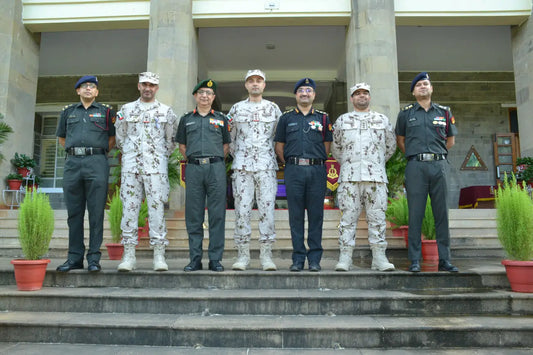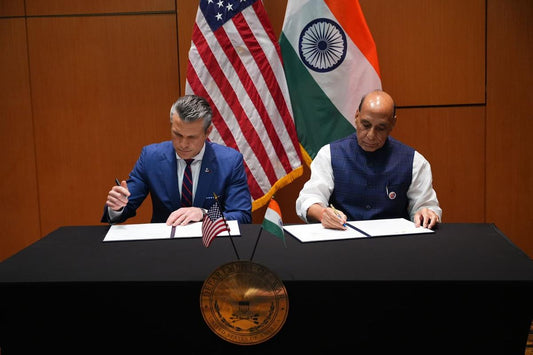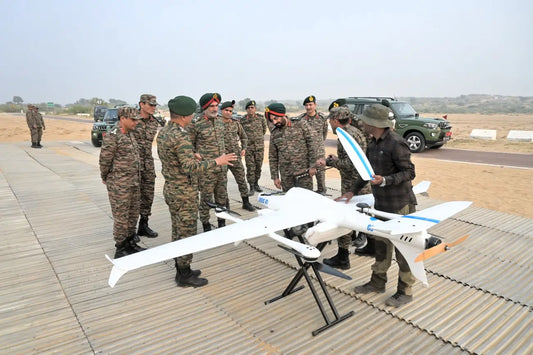Understanding the Challenges of the SSB Interview: A Comprehensive Guide to Success in the Indian Armed Forces Selection Process

The Services Selection Board (SSB) interview is a vital component for those aiming to join the Indian Armed Forces. Known for its challenging nature, it assesses candidates across intellectual, psychological, and physical dimensions. The rigorous selection process not only evaluates academic credentials but also crucial Officer-Like Qualities (OLQs). Recent data indicates that only about 2-4% of applicants pass the initial stages, with an overall success rate of 6-10%. This article delves into the complexities of the SSB interview and offers insights into how candidates can enhance their success rates.
Historical Context of the SSB Interview
The SSB interview's current form and importance can be traced back to its origins, influenced by global military selection processes. These practices were adapted to meet the specific values and necessities of the Indian Armed Forces. Over time, the interview has developed into a comprehensive evaluation covering psychological tests, group exercises, personal interviews, and physical assessments. The process was established to nurture resilience and leadership traits essential for military officers. Candidates are assessed on their independent thinking, effective communication, and leadership capabilities, reflecting the demands placed on military personnel in complex situations.
Why is the SSB Interview Considered Difficult?
Holistic Evaluation
The SSB interview aims to measure various Officer-Like Qualities (OLQs) vital for successful military leadership. The selection board scrutinizes candidates on leadership, decision-making, communication skills, self-confidence, adaptability, and resilience. This assessment extends beyond academics to evaluate character traits and mental sharpness in diverse scenarios.
Multi-Day Testing Process
Spanning five days, the SSB interview evaluates candidates through a series of distinct assessments. Day 1 begins with the Screening Test, including the Officer Intelligence Rating (OIR) and Picture Perception and Description Test (PPDT), which eliminates around 60% of candidates. Days 2 and 3 involve Group Testing with tasks like group discussions and planning, assessing leadership and teamwork. Day 4 focuses on Psychological Testing with visual-scenario assessments like the Thematic Apperception Test (TAT) and Situation Reaction Test (SRT). Day 5 concludes with a Personal Interview and Conference, further evaluating candidates for an officer's role. This prolonged assessment format challenges candidates to excel in multiple areas over time.
Low Selection Rates
The statistics of the SSB interview highlight its competitive nature. Out of 100,000 aspirants, roughly 6,000 to 10,000 reach the SSB interview, and only about 5-6% clear the entire process. Historical data from Combined Defence Services (CDS) exams reveal that only a few hundred candidates successfully navigate the SSB interview cycle, underscoring the rigorous standards and intense competition involved.
Common Reasons for Failure
Many candidates falter in critical aspects of the SSB interview. Key reasons for failure include inadequate preparation, with about 70% of candidates feeling unprepared, poor communication skills, insufficient leadership in group tasks, a negative mindset, and lack of physical fitness. These areas significantly impact candidates' performance and their ability to meet military standards.
Mindset and Preparation: The Keys to Success
The perceived difficulty of the SSB interview can be mitigated through thorough preparation and a positive mindset. Candidates should focus on developing OLQs through participation in group activities, decision-making simulations, and communication exercises. Understanding psychological tests like TAT, WAT, and SRT is crucial, and practicing these tests helps boost confidence. Engaging in mock interviews and group discussions prepares candidates for real SSB scenarios. Maintaining physical fitness through regular exercise and practicing mental resilience through mindfulness can also enhance performance.
Statistical Data and Research Insights
| Aspect | Figure/Fact |
|---|---|
| Initial stage clear rate | 2-4% |
| Overall success rate | 6-10% |
| Percentage failing screening stage | ~60% |
| Approximate candidates clearing CDS SSB interview yearly | Few hundred out of thousands |
| Percentage feeling unprepared | 70% |
| Selection rate from total aspirants | Around 5-6% |
These statistics highlight the intense competition and the reasons why many candidates may not succeed despite possessing qualifications.
Challenges and Solutions
Understanding the challenges inherent to the SSB interview process is essential. Anxiety is a common issue among candidates, which can be alleviated with visualization and positive affirmations. Inadequate preparation can be addressed using resources like SSBCrack, providing books, online courses, and eBooks to fill knowledge gaps. Communication barriers can be tackled through active listening and peer feedback sessions to enhance skills.
Future Trends and Predictions
While the SSB interview process is rooted in tradition, it is also adapting to new trends. Advances in psychological research and assessment techniques are likely to make evaluations more nuanced. Candidates may encounter technology integration in assessments, such as virtual reality simulations and interactive tasks. Moreover, increased mental health awareness could influence preparation strategies by fostering environments that not only evaluate but also support candidates' emotional wellbeing during the selection process.
Conclusion
The SSB interview poses significant challenges, marked by low success rates and complex evaluation criteria. However, structured preparation, a positive mindset, and a focus on developing essential officer-like qualities can enhance candidates' chances of success. By utilizing resources like SSBCrack and strengthening both physical and mental resilience, aspirants can view the daunting SSB interview as an opportunity for growth, marking a significant step toward a rewarding career in the Defence Services.



















